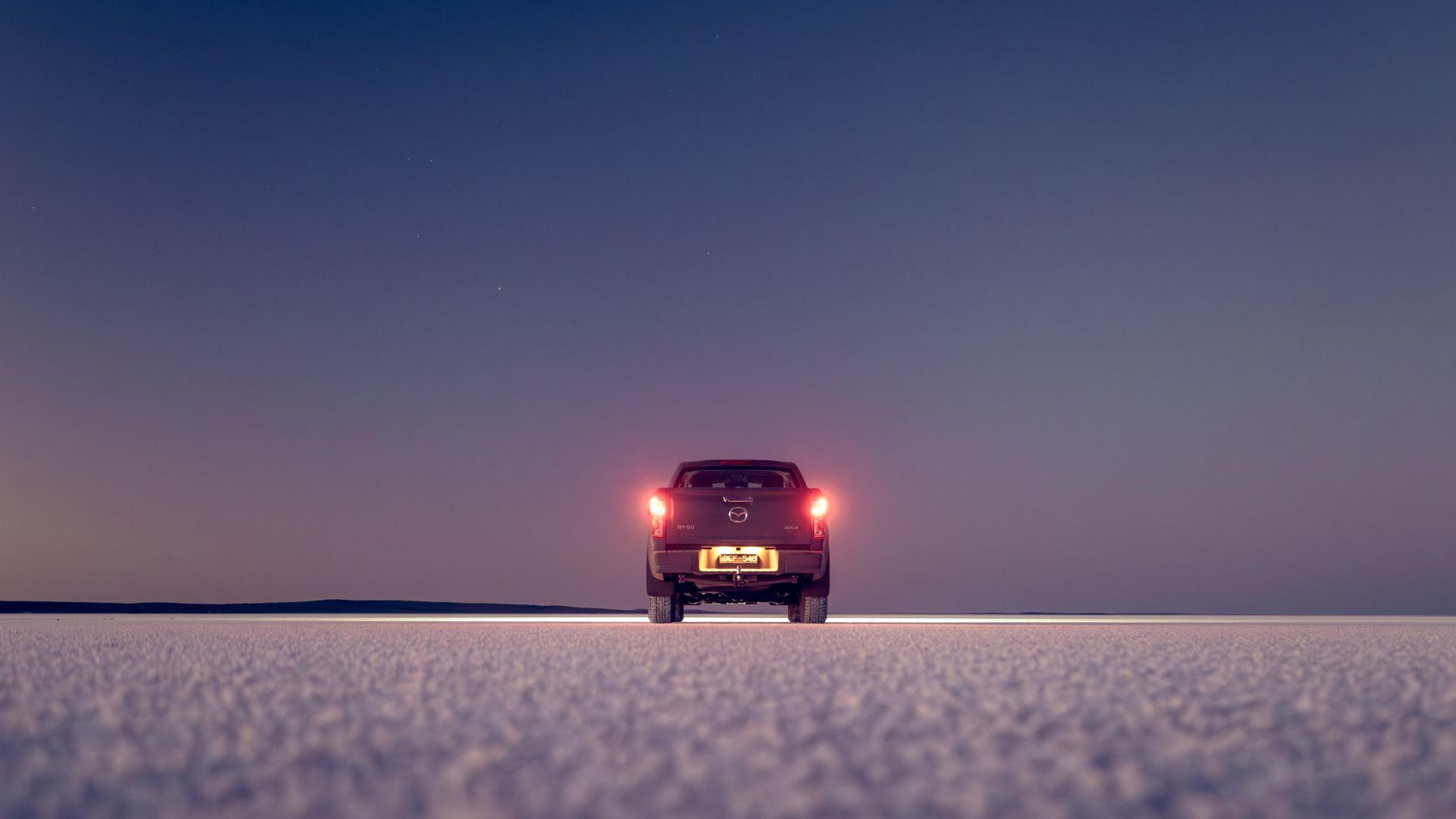
THE SEARCH FOR SPEED AT THE END OF THE WORLD
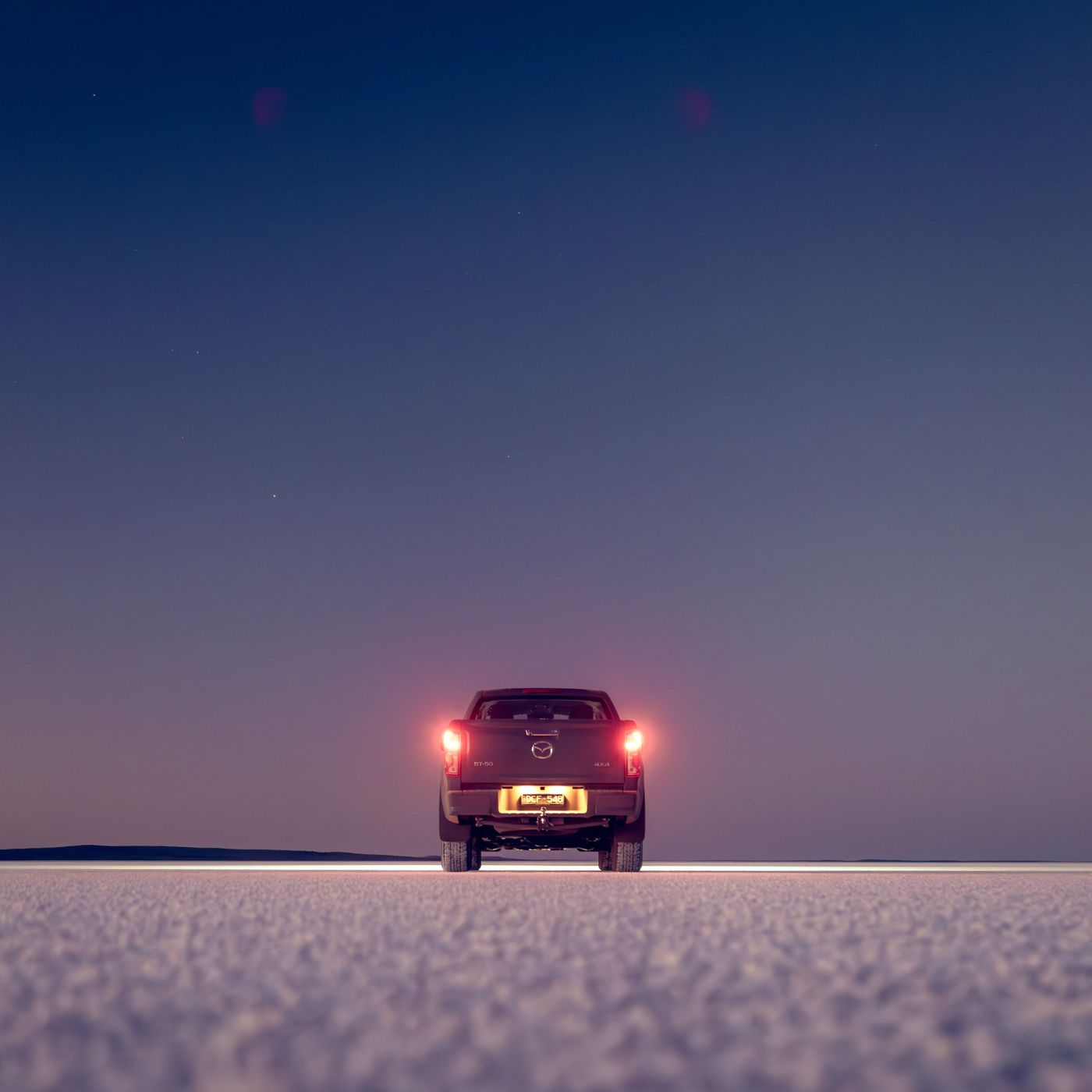
THE SEARCH FOR SPEED AT THE END OF THE WORLD
Salty characters at Lake Gairdner’s crazy Speed Week
By Thomas Wielecki
I hear it before I see it. The distant rumble of highly strung engines breaks the tranquility minutes after a piercing white sunrise. From camp there is no doppler effect, simply a whine travelling from one side of you to the other. It’s my first morning at Lake Gairdner after a late arrival in darkness to the unique event that is “Speed Week”. The dunny queue is already long and the heat builds up quickly.
I eagerly join the slow moving line of vehicles heading down to the lake. Like everybody else, the Mazda BT-50 that’s transported me here gets a good dusting before finally reaching the rocky shore. Then suddenly it’s smooth. I’m on the salt. To the south are the start lines where the Dry Lakes Racers Australia events will start. To the north, the pit area is only just visible along a straight line where the pale sky meets the white surface. A string of traffic cones provides guidance, like orange poles along landscape covered in snow. Only it’s anything but cold out here, 435km inland from Adelaide.
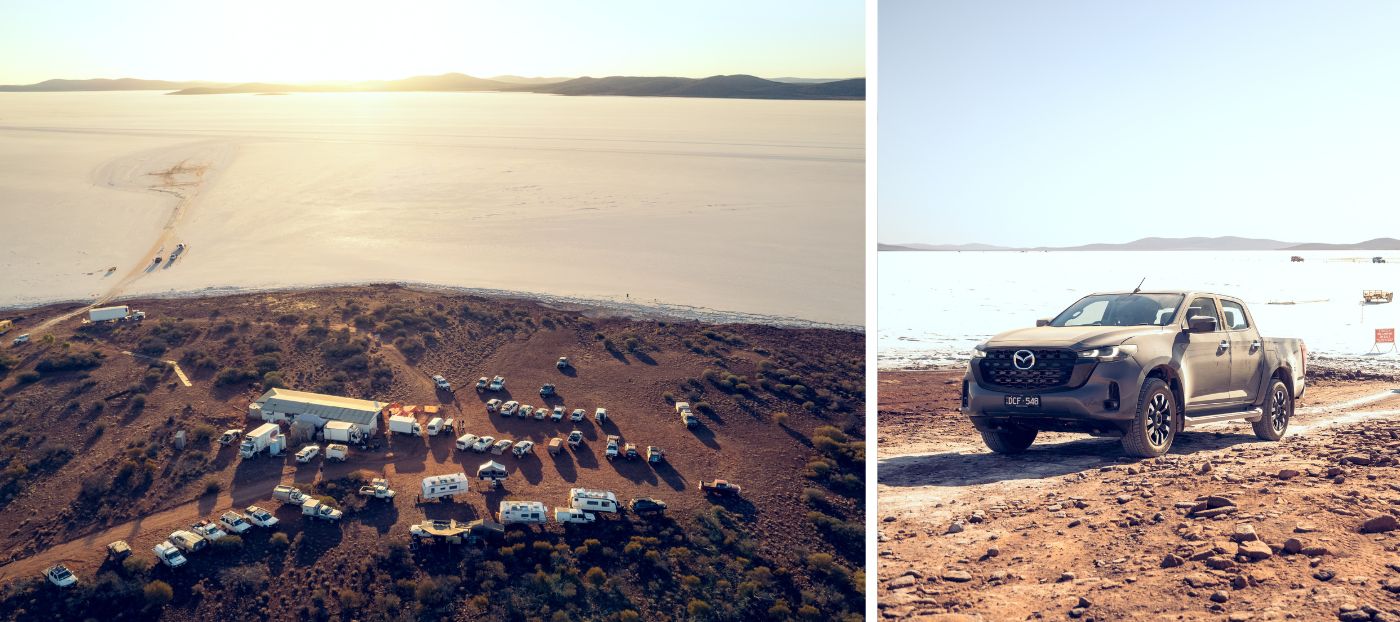
The long course for the speed freaks assembled is 14km, the short almost 10; and the vehicles fan out gently to make sure the finishers don’t accidentally meet at the end. We’re tucked into a very small area in the south-eastern corner of Lake Gairdner; an absolutely flat expanse of salt 165km long and 45km wide that’s visible from space.
You can barely see to the course markers from the start lines. Anything beyond vanishes into the shimmering horizon line. They all say the end hides behind the hump of the Earth. Rubbish. Here the heat haze swallows the fantasy that we live on a round planet. It all looks improbably flat. I’m convinced they all end up falling over the edge.
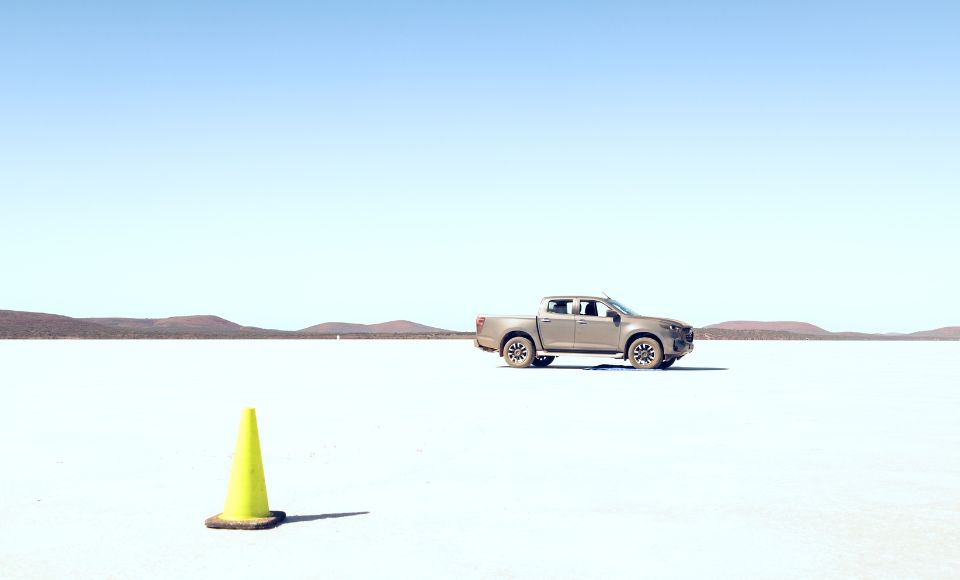
And here is the main arena; circus or madhouse or both. In no particular order all sorts of speed machines are being worked on. From motorcycles to trucks, hot rods to belly tankers, streamliners to what look like regular passenger cars. By 10am the sun weighs down like a red hot anvil. Here you get sunburned from the bottom up. The ice-cool dual-zone climate control in this BT-50 XTR provides respite from the 38 degree heat and it stands out as one of the most modern and pristine machines assembled.
Yet somehow evolution has adapted a particular variety of human that thrives here. Typically with a shaggy head, devastated skin, a gut and post middle aged, they tend to wear grins as wide as the horizon. Weathered shorts, squished thongs and scruffy hat are mandatory. Tops are optional. This is a mature gentleman’s sport.
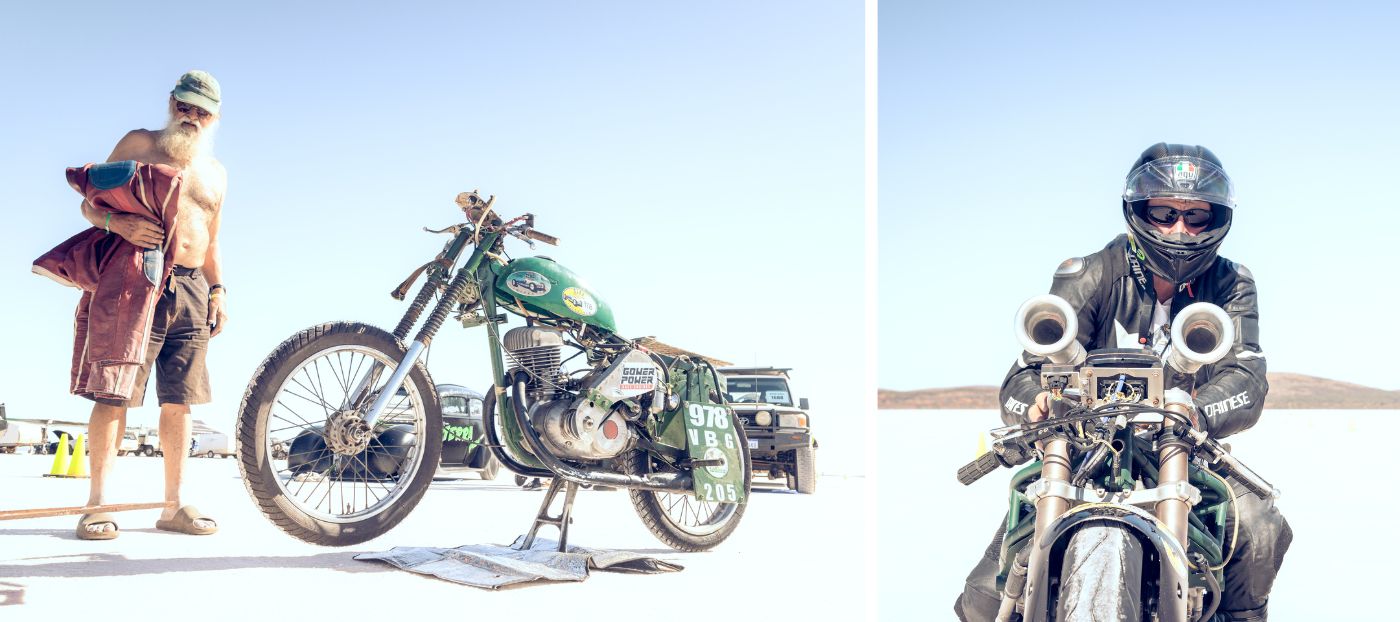
Johnno hails from Queensland. He’s been coming to Lake Gairdner for the past 12 years. His steed, a fat black Kawasaki, sleeps under a dome shade. “I got here five days ago and blew her up on my first run,” he quips. “Only got up to 130 (miles an hour, it’s all mph out here). She’s done 158. But I’m here to set up the dunnies and that.”
Behind me a yellow 1973 XA Ford Falcon rolls in. Unusually clean shaven, Dave tells me it used to be his dad’s car. On his first trip here in 1996 he blew it up. With 550 horsepower it got up to 265km/h. Then in 2010 he topped out at 323km/h. That was with an 800hp engine. This year with the power up to 1000 - an extra 200 horses - Dave averaged 347km/h on his two mandatory runs. “I’d like to hit 220 (mph – 354km/h), but I’ll need at least another hundred horsepower and some aero work on the body to go those extra four miles faster”.
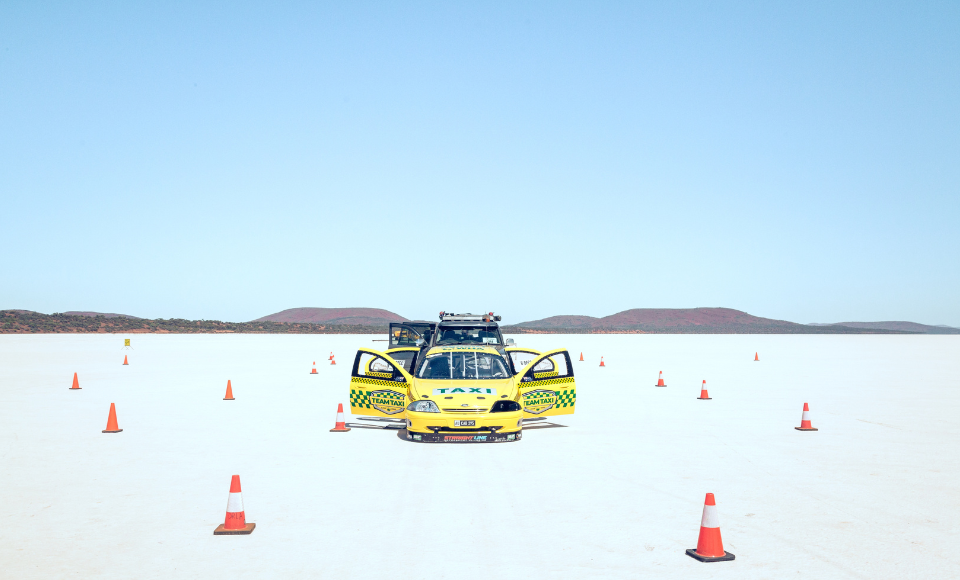
The faster you go, the harder it is to go fast. Expel all of the air from your lungs. Now try to blow up a party balloon. This is what it’s like trying to squeeze those extra few miles per hour.
Yet for all this toil and money and sacrifices and disappointments there are no prizes. There’s just a piece of paper acknowledging your achievement and the satisfaction and a pat on the back from your mates.
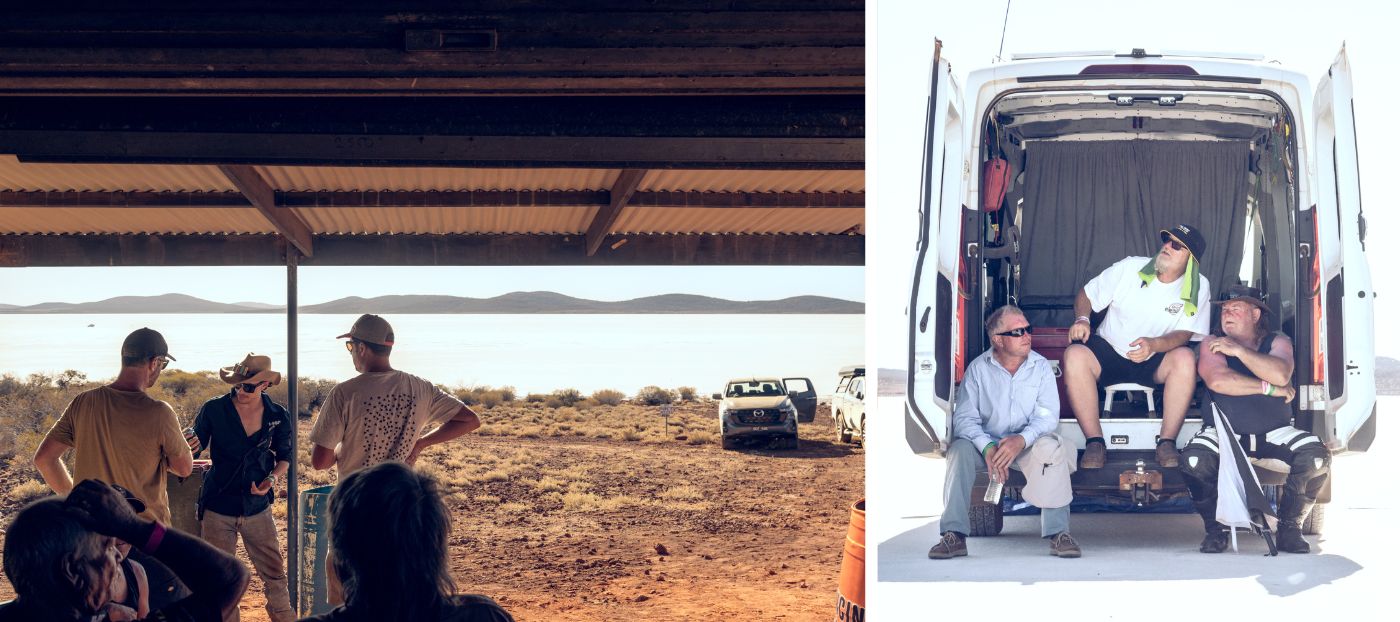
Racing at Lake Gairdner started in 1990 with the establishment of the Dry Lakes Racers Australia (DLRA). The rules are based on the Southern California Timing Association who hold their speed week at the Bonneville salt flats in August. The World’s Fastest Indian made it famous. The Salar De Uyuni in Bolivia is the only other place worldwide for salt lake speed trials.
There were over 50 records claimed or broken here this year. The surface is perfect. Even the Bonnevilleans praise the conditions and put them above their home turf.
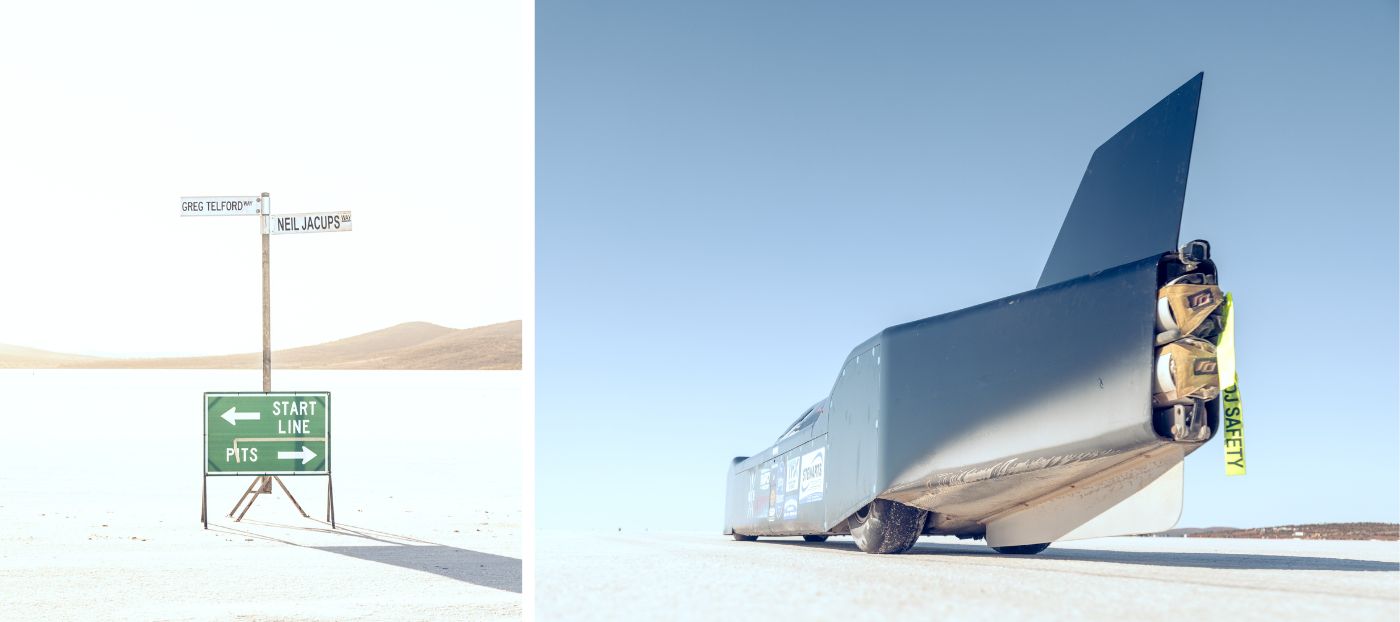
Rob and Gary are part of the Target 550 crew from the west coast of the US. The streamliner is a purpose-built, inline twin-engined, 8600-pound (3,900kg) monster, with no suspension and a turning circle of a kilometre. It is 43 feet long and three feet wide. It has a frontal area of 0.8 of a square metre; comparable to that of an average jogger. And not a single exposed rivet or fastener to minimise drag.
Even this wheeled arrow has trouble pushing that minimal amount of air out of the way. “At those speeds it’s like pushing into a brick wall.” Its best trial run was in Bonneville at 620km/h and last year it reached 555km/h here after one of the engines cut out!
“The salt out here is much better than Bonneville. It’s thicker, harder and doesn’t flex as much. It’s ideal this year.”
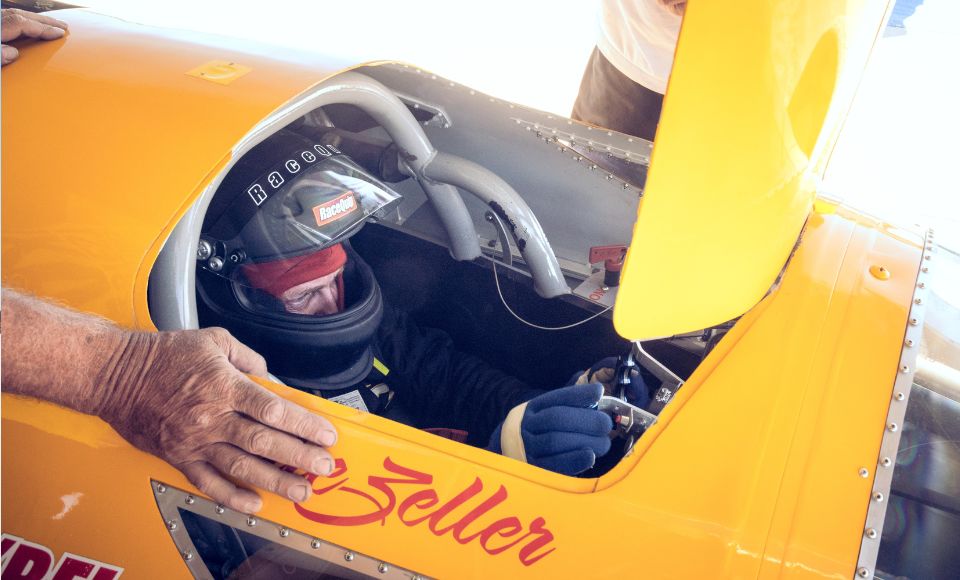
It was on that first evening after my first full day out on the salt that I began to understand the whole point of this circus. It’s not just to “get away from the missus” or claim a speed record. These pilgrims trek for days to get here. They endure heat, dust and prickles. They’re here for much more than speed. This is one big men’s shed.
Some, like Paul, who claimed a record in the Vintage Gas 250cc class on his 1955 Jawa motorcycle, deferred the “immediate” removal of a cancerous growth in his bladder just to be here. “My wife told me I’m mad. I told her to mind her own business.”
Getting here is a bit of a mission from anywhere. I drove from Adelaide; a solid six-hour trip north with just over half on bitumen, the last 200km on dirt. Red dirt. The BT-50 handled the lot with confidence, ironing out the corrugations at around 80km/h and barely flinching at higher speeds. We floated over cattle grids and effortlessly soaked up the dips and floodways. The well-muffled cabin makes the drive even more comfortable.
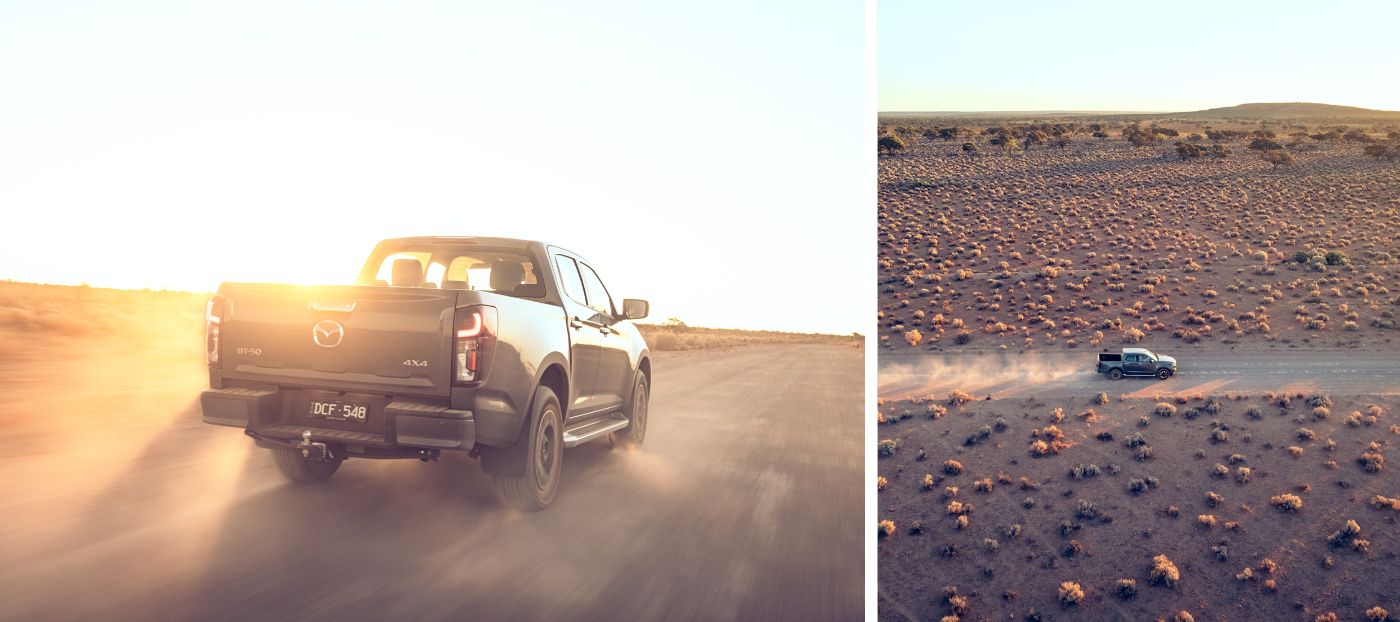
Rob Waters, on the other hand, had a much longer and more punishing ride in his cabover Kenworth, with his racing Kenworth behind him on the trailer. When I speak to him about The Prospector, his ground-skimming, smoke-belching, open-wheeled, chrome-piped yellow prime mover, he promises to take me to the end of the world. Tomorrow he will have reached 225km/h - in a Kenworth truck!
Far too quickly the light drains from the world after sundown.
Rob and I drive out to the course. Beyond here, there’s nothing. The nav screen is blank and the BT-50’s impressive LED headlamps can’t light up infinity.
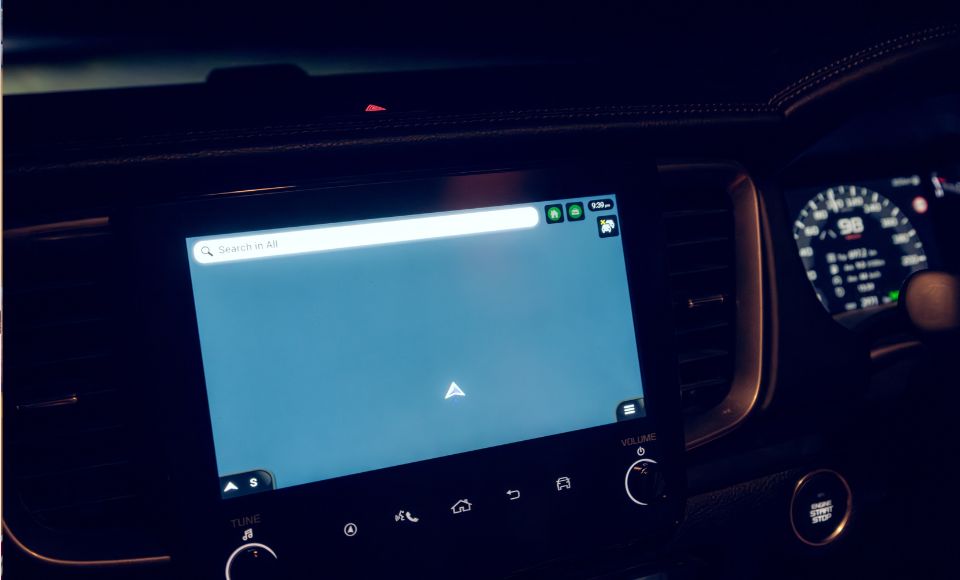
Imagine the emptiest place you could find yourself in. Where there’s just the ground you stand on and your sight has trouble focusing because there’s nothing for it to focus on. A place so vast that any perception of depth vanishes. A place where you become a singularity in a two-dimensional world.
On the way back to Rob’s camp the blackness is infinite and disorienting. Were it not for the traffic cones, we’d be forever trapped in this vacuum, like the kangaroo whose salt encrusted bones serve a chilling reminder of just how unforgiving this place can be.